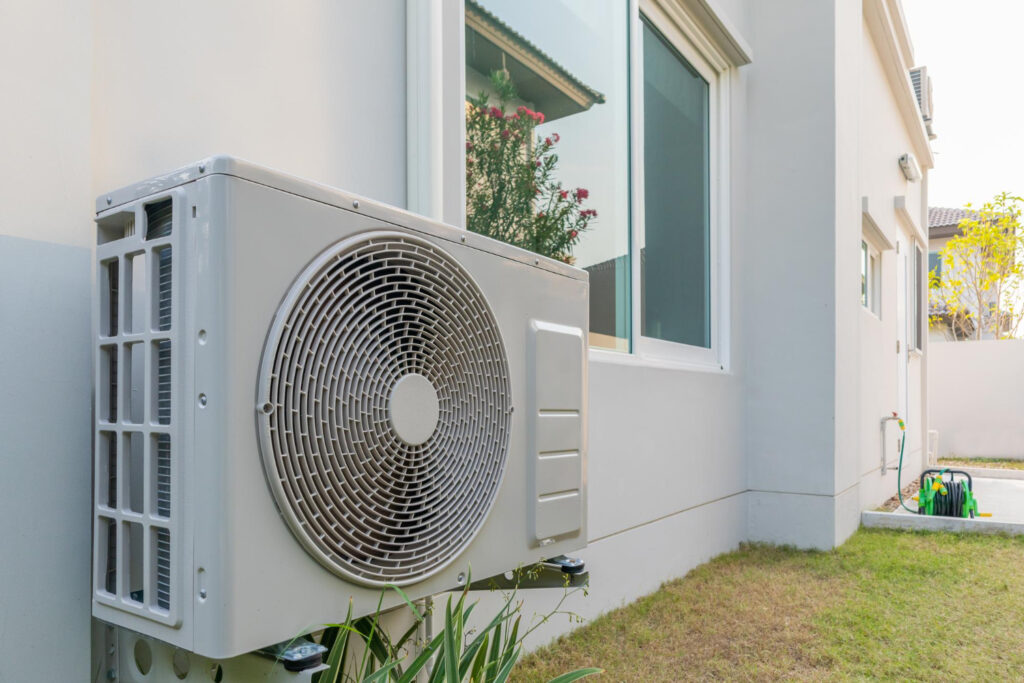Proper airflow is the cornerstone of effective HVAC performance, especially in a place like Desert Hot Springs where temperatures can vary significantly. This airflow helps your system maintain a pleasant and comfortable environment in your home or office. When airflow becomes obstructed or reduced, it can lead to a range of issues affecting both the efficiency and lifespan of your HVAC system. Addressing these issues timely ensures optimal performance and comfort year-round.
Desert Hot Springs, known for its unique climatic conditions, requires a reliable HVAC system to tackle varying temperatures. Understanding how poor airflow impacts your system’s performance is essential in maintaining comfort. It also helps reduce potential long-term repairs and energy bills resulting from inefficiencies. Let’s explore some clear indicators of poor airflow in your HVAC unit and delve into the common causes contributing to these issues.
Signs of Poor Airflow in Your HVAC System
Recognizing the symptoms of poor airflow can help you take action before minor problems escalate into major repair issues. Here are some telltale signs to keep an eye on:
– Unusual Noises from Vents: If you notice whistling or banging sounds while your system is running, it could indicate obstructions or weak airflow within the ductwork.
– Rooms Not Reaching Desired Temperature: Inconsistent temperatures across different rooms often suggest that air isn’t circulating effectively, leading to hot and cold spots.
– Weak or Inconsistent Airflow from Vents: Check the force of air coming from your vents. If it’s weak or fluctuates, it might indicate a blockage or issue with the blower.
These signs should prompt you to assess your system’s performance or seek professional evaluation to prevent further complications.
Common Causes of Poor Airflow
Understanding the core reasons behind inadequate airflow can empower you to prevent and address these problems efficiently. Some typical causes include:
– Clogged or Dirty Air Filters: Air filters are essential in trapping dust and debris. Over time, they can become clogged, restricting airflow and impacting system efficiency.
– Blocked or Leaking Ductwork: Ducts can accumulate dust and debris or develop leaks, leading to reduced airflow and uneven temperature distribution throughout your home.
– Malfunctioning Blower Motors: The blower motor is vital for moving air through your system. If it malfunctions, the airflow can be significantly hampered, affecting overall system performance.
By focusing on these areas, you can maintain proper airflow and ensure your HVAC system operates smoothly, contributing to a comfortable living environment. Involving knowledgeable technicians for regular maintenance and check-ups is critical to identifying and rectifying such issues in a timely manner.
How Poor Airflow Affects HVAC Performance
Understanding the consequences of poor airflow is crucial for maintaining an efficient HVAC system. One of the immediate effects is increased energy consumption. When airflow is restricted, the system has to work harder to maintain the desired temperature, leading to a spike in electricity usage. This not only results in higher energy bills but also puts additional strain on the system, potentially shortening its lifespan.
Reduced system efficiency is another significant impact. Proper airflow is necessary for balanced heating or cooling. Without it, your HVAC system might struggle to maintain set temperatures consistently. This inconsistency can lead to uneven cooling or heating, making some areas of your home uncomfortable to spend time in. Over time, this lack of efficiency can cause minor issues to develop into major problems, requiring more frequent repairs.
Additionally, poor airflow can cause potential damage to HVAC components. If parts of your system are overworked due to airflow restrictions, they can wear out more quickly. For example, a clogged air filter can decrease airflow, forcing the blower motor to work harder than it should. This added stress can cause the motor to fail prematurely, leading to costly repairs or replacements.
Solutions to Improve Airflow and HVAC Performance
Addressing airflow issues promptly is essential to avoid unnecessary wear and inefficiencies. Here are some effective solutions to maintain optimal performance:
1. Regular Maintenance and Filter Changes: Ensure all filters are clean and replaced regularly. Dirty filters are a common cause of restricted airflow, and routine maintenance can prevent this issue.
2. Inspection and Sealing of Ductwork: Have a professional inspect your ductwork for any blockages or leaks. Sealing ducts can vastly improve airflow, ensuring efficient operation of your HVAC system.
3. Professional Assessment and Cleaning: Schedule regular visits from our professionals to evaluate the entire system. Technicians can clean crucial components and identify any potential issues before they develop into costly repairs.
Ensuring Year-Round Comfort in Desert Hot Springs
Seizing the opportunity to address airflow problems not only enhances the efficiency and lifespan of your HVAC system but also ensures a consistently comfortable living environment. Regular maintenance, particularly as seasons change, keeps your system ready to handle the climate demands specific to Desert Hot Springs.
By staying proactive, residents can guard against unexpected HVAC breakdowns and enjoy improved air quality and comfort all year long. Consider scheduling regular maintenance checks to maintain your system’s efficiency and keep your home a relaxing retreat from the Desert Hot Springs heat.
If you are ready to improve your HVAC performance and enjoy comfortable living in Desert Hot Springs, explore our residential HVAC repair options that target airflow issues head-on. Air Plus Heating and Air has professionals who work to keep your system running smoothly by addressing airflow, ductwork, and component problems before they grow. For a quick estimate or to book a service visit, please contact us today.


